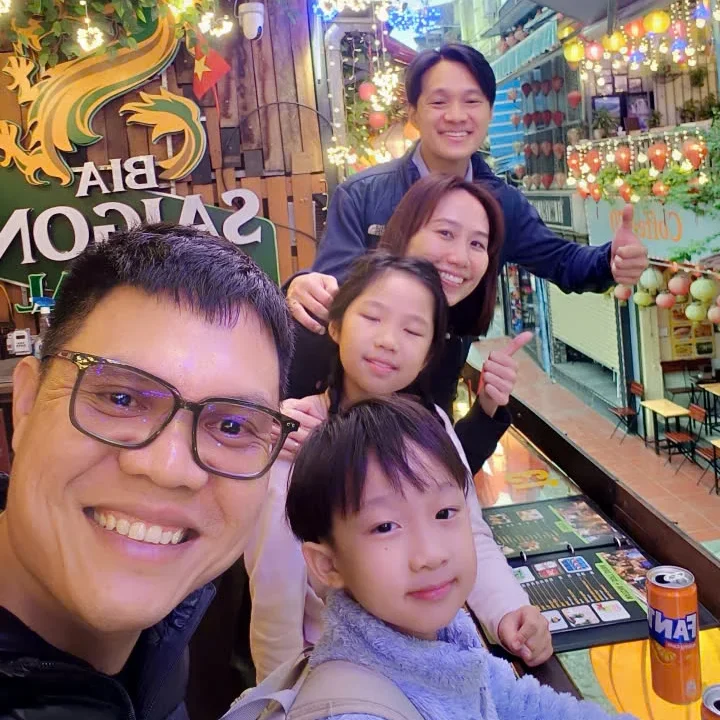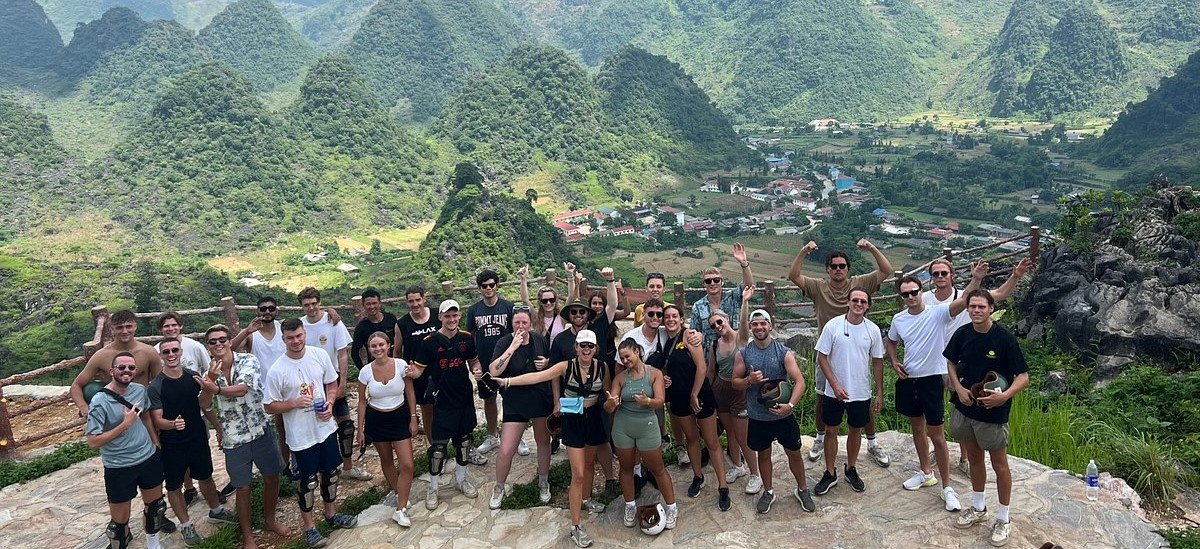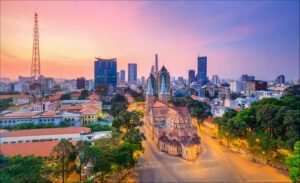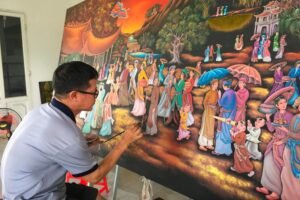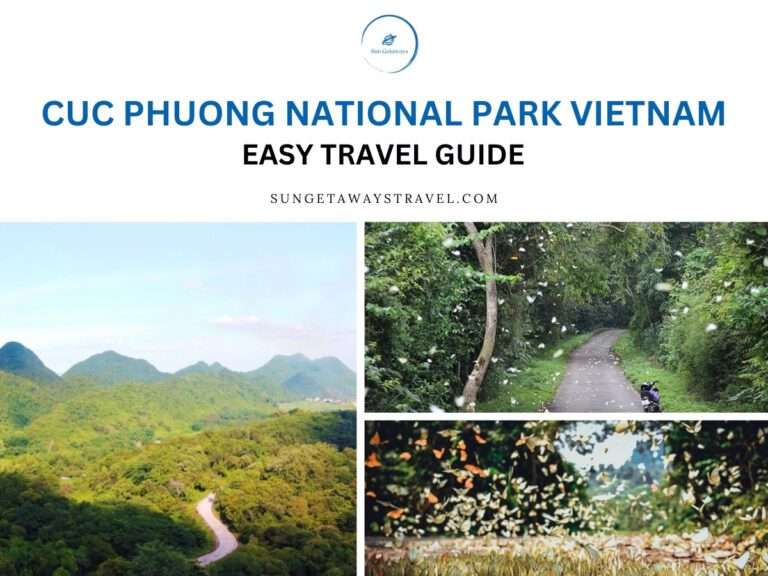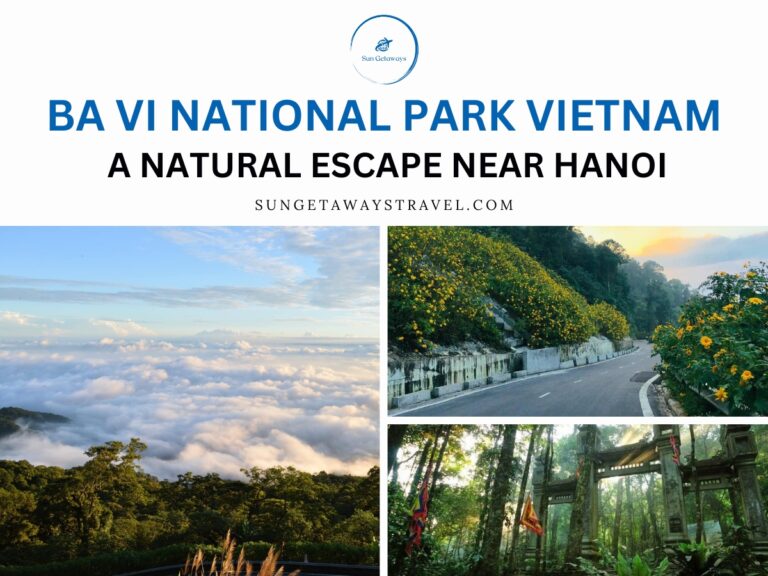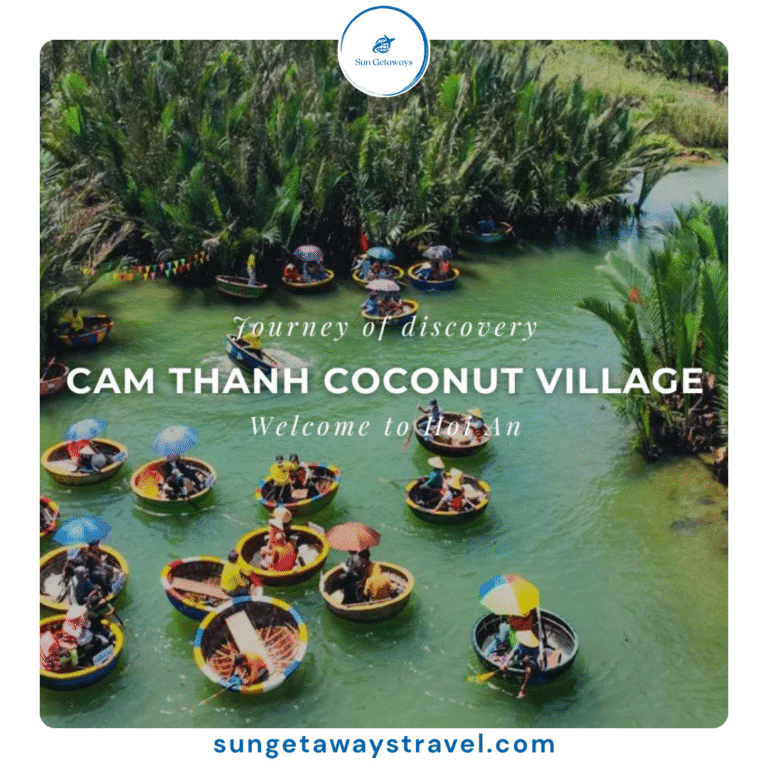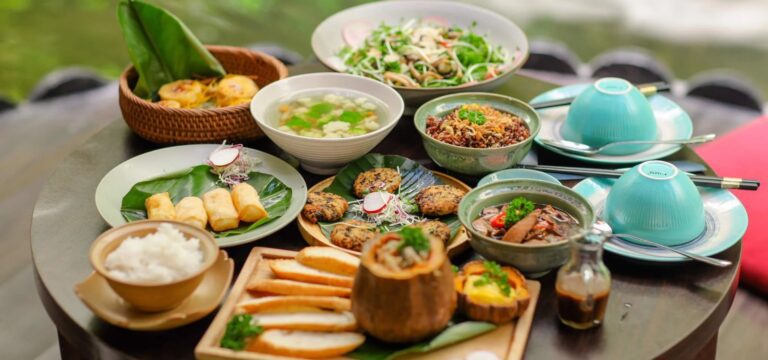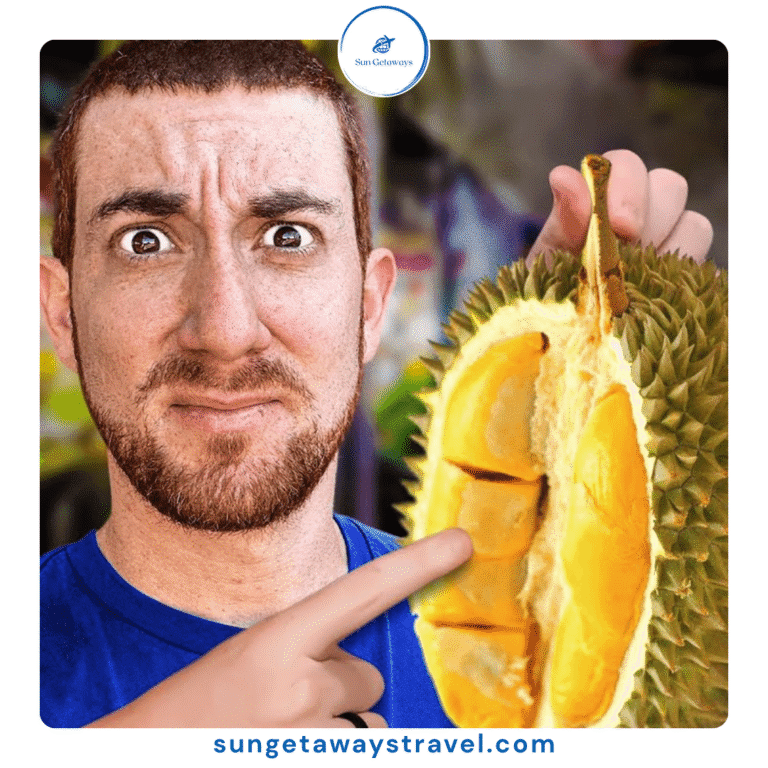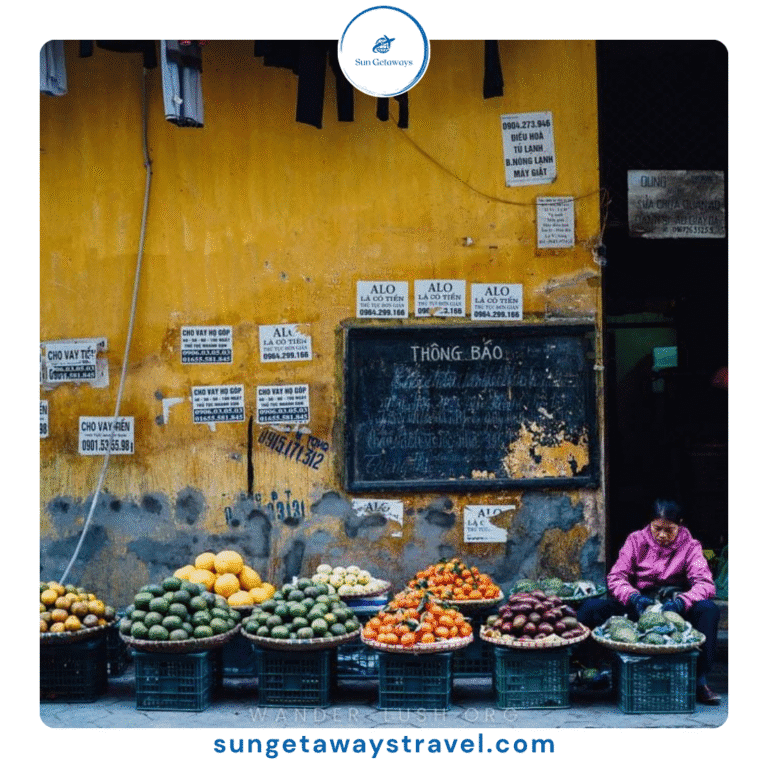The Ultimate Guide to Community-Based Tourism in Vietnam
As global travelers increasingly seek meaningful experiences beyond the well-trodden path, consequently, community-based tourism (CBT) in Vietnam is emerging as a powerful and transformative way to travel. This is because it offers a chance to connect deeply with diverse local cultures, directly support ethnic communities, and leave a positive impact. In short, this is travel that moves slower, feels more authentic, and resonates long after you’ve returned home.
Therefore, this in-depth guide explores the philosophy behind CBT, highlights the most authentic destinations, and provides practical advice on how to be a respectful guest. Ultimately, it’s your key to unlocking genuine local experiences in Vietnam, from the northern mountains to the southern delta. This, in essence, is the heart of responsible cultural tourism in Vietnam.
1. What is Community-Based Tourism in Vietnam?
At its core, community-based tourism (CBT) is a model where local people—often in rural or ethnic minority villages—have ownership and control over the tourism experiences in their homeland. Instead of being passive subjects, they become active leaders.
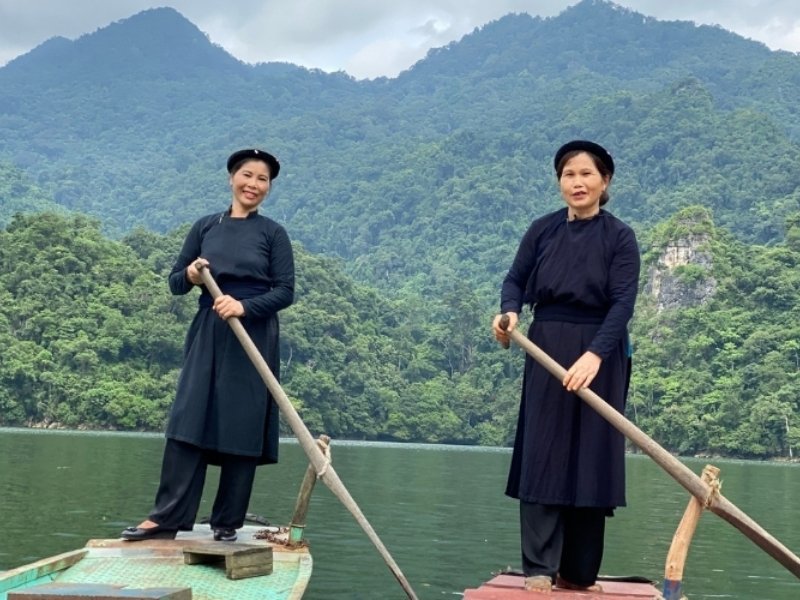



The core principles are designed to create a sustainable and equitable ecosystem:
Empower Local Communities
CBT puts economic power directly into the hands of the villagers. Your payment for a homestay, a meal, or a guided trek goes to the family or individual providing the service, not a distant corporation. This fosters financial independence and often empowers women, who are frequently the pillars of hospitality in these communities.
Preserve Cultural Heritage
When a community sees that travelers are genuinely interested in their unique traditions, it attaches a new value to them. CBT creates a powerful incentive for younger generations to continue practicing traditional crafts like weaving or batik, to speak their native language, and to keep oral histories and musical traditions alive.
Offer Immersive, Authentic Experiences
This is the antidote to staged, commercialized tourism. You won’t find scripted performances here. Instead, you’ll find the beautiful, unscripted moments of real life—helping to prepare a meal with freshly picked herbs, learning the rhythm of planting rice, or simply sharing stories over a cup of tea.
Minimize Negative Impacts
By its nature, CBT involves small groups and slow travel, which inherently reduces the environmental footprint. Furthermore, because the community’s livelihood is tied to the health of their natural environment—the forests they trek through, the rivers they fish in—it fosters a deep-seated commitment to conservation.
In Vietnam, you’ll find the most impactful CBT projects in the mountainous regions of the North and the fertile plains of the Mekong Delta, where traditional lifestyles remain strong and where the benefits of responsible tourism can make the biggest difference.
2. Why Choose Community-Based Tourism?
Opting for a CBT experience over a conventional tour is a conscious choice with profound benefits for both you and your hosts.
✅ Authentic Cultural Immersion This is the difference between watching a documentary and stepping into the story. Vietnam cultural immersion through CBT means you’re learning a recipe not from a cookbook, but from a grandmother who has made it her whole life. You’re understanding the challenges of farming not by reading about it, but by walking through the fields with the farmer. It’s an unfiltered, multi-sensory education that provides a deep and nuanced understanding of a culture.
✅ Direct and Transparent Support for Local People Your travel dollars become a powerful tool for positive change. When you stay in a community-run homestay, your money helps a family pay for their children’s education, improve their housing, or invest in sustainable farming practices. It creates resilient local economies and reduces the pressure for young people to migrate to cities for work, helping to keep families and communities intact.


✅ True Off-the-Beaten-Path Adventures CBT naturally leads you away from the crowds and into landscapes of breathtaking, untouched beauty. These are the places you won’t see on a typical tour bus itinerary—the hidden waterfalls, the winding mountain trails known only to locals, and the villages where you might be the only foreign visitor. It’s an opportunity for genuine discovery and quiet contemplation.
✅ A Deeper, More Human Way to Travel Ultimately, CBT strips away the commercial layers of tourism and boils it down to its most essential element: human connection. It reminds us that despite our different languages and backgrounds, we share fundamental desires for family, community, and a connection to our heritage. You will leave not just with beautiful photos, but with new friendships and a changed perspective.
3. Where to Experience Community-Based Tourism in Vietnam
Vietnam’s diverse geography and culture offer a variety of CBT experiences. Here are some of the most impactful and authentic destinations.
1. Ha Giang Province – Northern Frontier of Cultural Encounters
This is CBT at its most raw and adventurous. The journey through Ha Giang’s dramatic landscapes is a core part of the experience. You’ll stay in simple family homestays and gain profound respect for the resilience of the people who call this rugged land home. The ethnic village tours in Vietnam here are unparalleled.
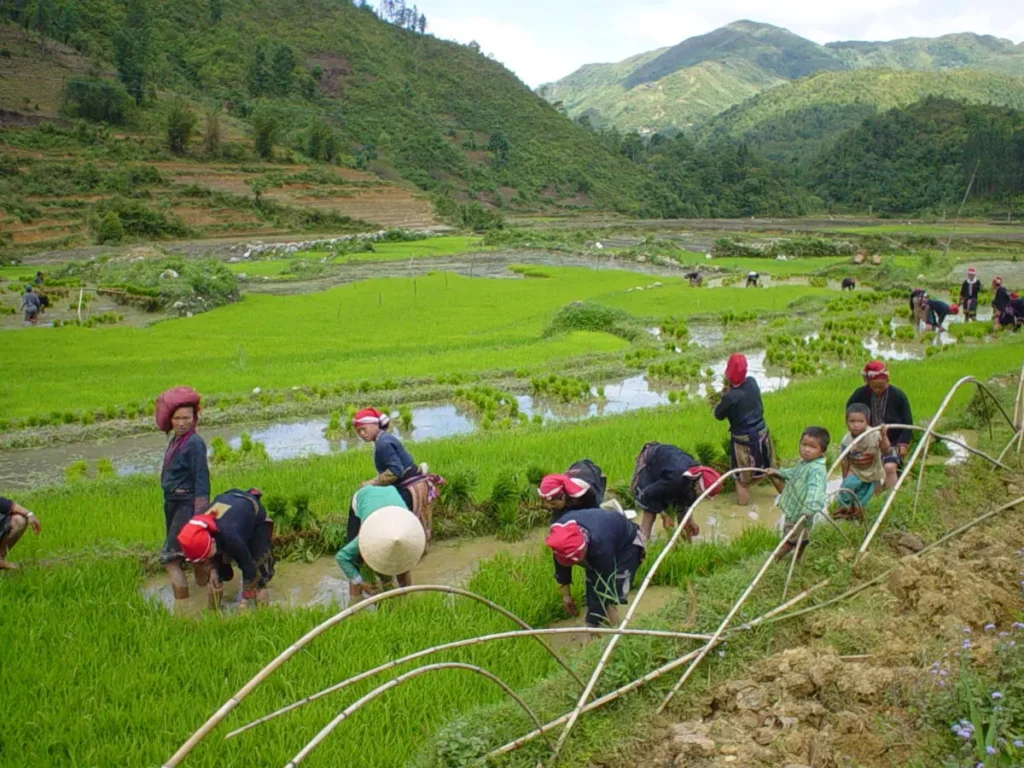

- Ethnic Groups: Hmong, Tay, Dao, Lo Lo.
- The Experience: This is CBT at its most raw and adventurous. The journey through Ha Giang’s dramatic karst landscapes is as much a part of the experience as the destination. You’ll stay in simple family homestays, share hearty meals, and gain profound respect for the resilience of the people who call this rugged land home.
- Activities: Guided motorbike or trekking tours are the best way to explore. Participate in workshops on traditional Hmong linen weaving at the Lung Tam Linen Cooperative, or learn about the unique architecture of Lo Lo houses.
- Insider Tip: The terrain is challenging. Always travel with a licensed, experienced local guide. Operators known for their ethical practices will ensure guides are paid fairly and that your visit directly benefits the communities you pass through.
2. Sapa (Lao Cai) – A Popular Gateway Requiring Conscious Choices
The key to a responsible experience in Sapa is to trek further afield with a local guide. Choose multi-day treks that take you to villages like Ta Phin (Red Dao) or Y Linh Ho (Black Hmong). This is where you’ll find genuine local experiences in Vietnam away from the commercialized town center.
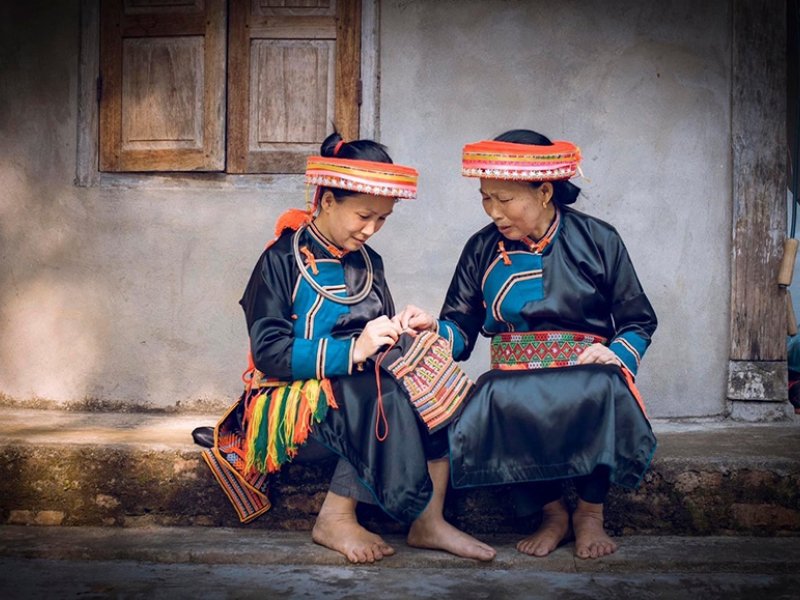

- Pros: Stunning terraced rice fields, easily accessible from Hanoi, and a wide variety of trekking options.
- Cons: The main town is heavily commercialized, and over-tourism is a real issue. Aggressive sales tactics can be common.
- How to Do It Right: The key to a responsible experience in Sapa is to trek further afield with a local guide. Choose multi-day treks that take you to villages like Ta Phin (Red Dao) or Y Linh Ho (Black Hmong). Book through trusted, ethical operators or social enterprises that ensure guides (especially female guides) are empowered and receive a fair wage.
3. Mai Chau (Hoa Binh) – Stilt Houses, Biking & Warm Hospitality
These destinations offer a gentler, more accessible experience. The serene valleys are home to the White Thai ethnic group, and you’ll stay in beautiful traditional stilt houses. It’s a perfect introduction to community-based tourism in Vietnam.
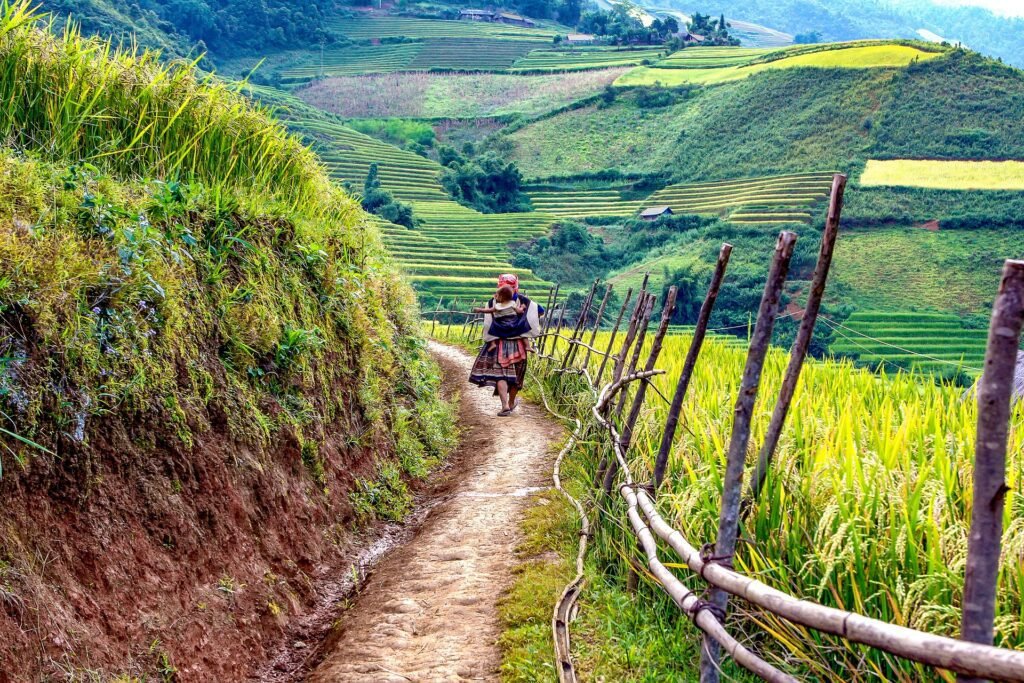

- Best For: First-time CBT travelers, families, or those seeking a gentle, accessible experience.
- The Experience: This picturesque valley is home to the White Thai ethnic group. The vibe is serene and welcoming. You’ll stay in beautiful, traditional stilt houses, learn to cook local specialties, and enjoy evenings of traditional music and dance.
- Activities: The flat valley floor is perfect for cycling. Bike from village to village, stopping to watch locals work in the fields or weave intricate textiles on looms beneath their homes.
- Note: Mai Chau is a popular weekend getaway for Hanoians. For a quieter experience, try to visit on a weekday or during the off-season (September–April).
4. Pu Luong Nature Reserve – Tranquility and True Community Engagement
- Location: A stunning nature reserve nestled between Mai Chau and Ninh Binh.
- Why Go: Pu Luong offers a similar landscape to Sapa—cascading rice terraces and traditional villages—but with far fewer tourists. It’s a perfect example of how tourism and nature conservation can work hand-in-hand.
- Activities: The main draw is hiking through the reserve’s core zone. Explore giant water wheels that irrigate the fields, swim in cool waterfalls, and raft down the river on a bamboo raft.
- Insider Tip: Base yourself in a homestay in Kho Muong or Don village for an authentic experience. Many local youths are now being trained as guides, and hiring them is a fantastic way to support the local economy directly.
5. Central Highlands (Kon Tum, Gia Lai) – Rarely Visited Cultural Diversity
- Ethnic Groups: Bahnar, Jarai, Sedang, and many others.
- What to Expect: This is one of Vietnam’s least-visited regions, offering a deep dive into unique cultures. The centerpiece of many villages is the Rong house, a tall, magnificent communal house that serves as the heart of the community.
- Activities: Listen to haunting gong performances (a UNESCO Intangible Cultural Heritage), learn about the region’s complex history, and admire the unique village architecture and intricate basket-weaving skills.
- Respect Matters: This region is culturally very conservative. Always dress modestly, ask for permission before taking photos, and remove your shoes before entering any home, especially a communal house.
6. Mekong Delta (Ben Tre, Vinh Long) – Life Along the Water
Here, CBT is centered on the rhythm of the river. Stay with a family on a small island, learn how coconut candy is made, and take a sampan boat ride through quiet canals. This is a unique form of Vietnam cultural immersion.
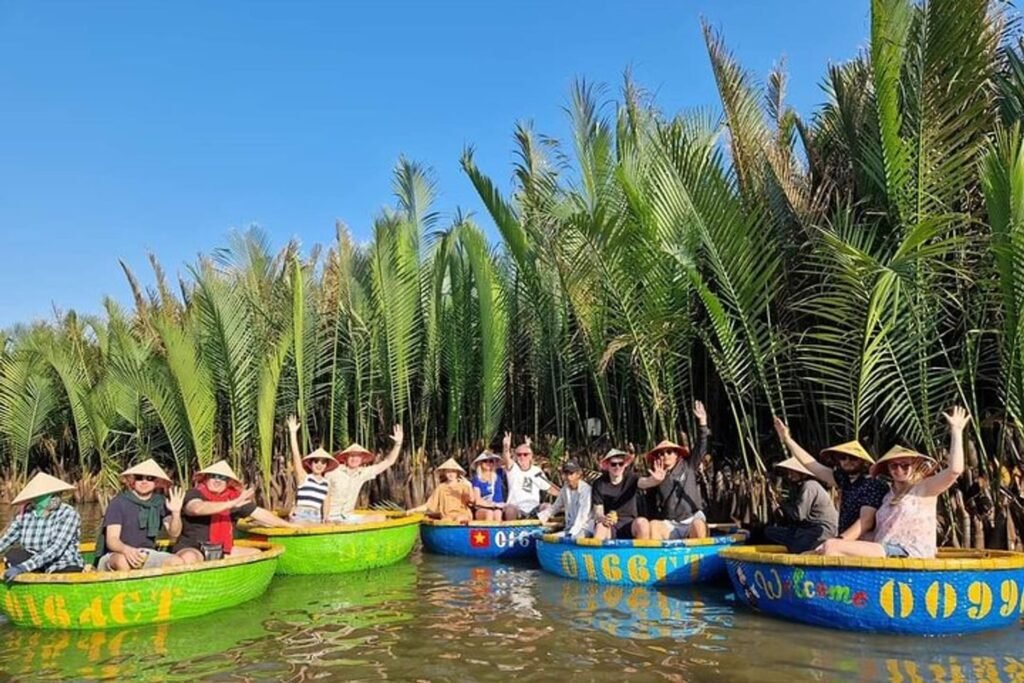

- Type of Experience: Here, CBT is centered on the rhythm of the river. You’ll experience life in a lush, fertile landscape of coconut groves, fruit orchards, and intricate canals.
- Activities: Stay with a family on a small island like An Binh, learn how coconut candy and rice paper are made by hand, take a sampan boat ride through quiet, palm-fringed canals, and visit a local market with your host to buy ingredients for a cooking lesson.
- Responsible Tip: Many tours focus on the large, commercialized floating markets. For a more authentic and less crowded experience, choose a homestay that offers visits to smaller, more local markets or focuses on village-based activities.
While community-based tourism in Vietnam is a vital part of responsible travel, for a complete guide to exploring the country sustainably, be sure to read our Sustainable Tourism Vietnam Guide: Your Eco-Friendly Planner.
How to Practice Responsible Cultural Tourism in Vietnam
Engaging respectfully is just as important as choosing the right place. Here’s how to be a positive and welcome visitor.
Educate Yourself First: Before you go, spend time learning about the culture of the ethnic group you will be visiting.
Choose Local & Ethical Operators: Look for operators who are transparent about how they work with communities.
Ask Before Photographing: This is the golden rule. A photograph is something you take, so always ask for permission first.
Avoid Handouts: It’s far more impactful to support the community by buying their handicrafts and hiring their services.
Frequently Asked Questions (FAQ)
Q1: What are the comfort levels like in a typical homestay?
Expect clean and safe, but simple, accommodations. In mountainous regions, this often means a mattress on the floor of a communal stilt house. It’s best to see it as an authentic part of your Vietnam cultural immersion.
Q2: How do I handle the language barrier?
Your guide will be your primary translator. However, a smile is a universal language, and showing photos of your own family is a wonderful way to connect without words during your local experiences in Vietnam.
Q3: Is community-based tourism suitable for families with children?
Absolutely! It can be an incredibly enriching experience for children, teaching them about different ways of life. Destinations like Mai Chau are particularly family-friendly for those interested in ethnic village tours in Vietnam.
Q4: How do I find and book a genuine CBT experience?
The best way is through a reputable tour operator that specializes in sustainable travel. They have already vetted the local partners. This is the safest way to ensure you are participating in true responsible cultural tourism in Vietnam.
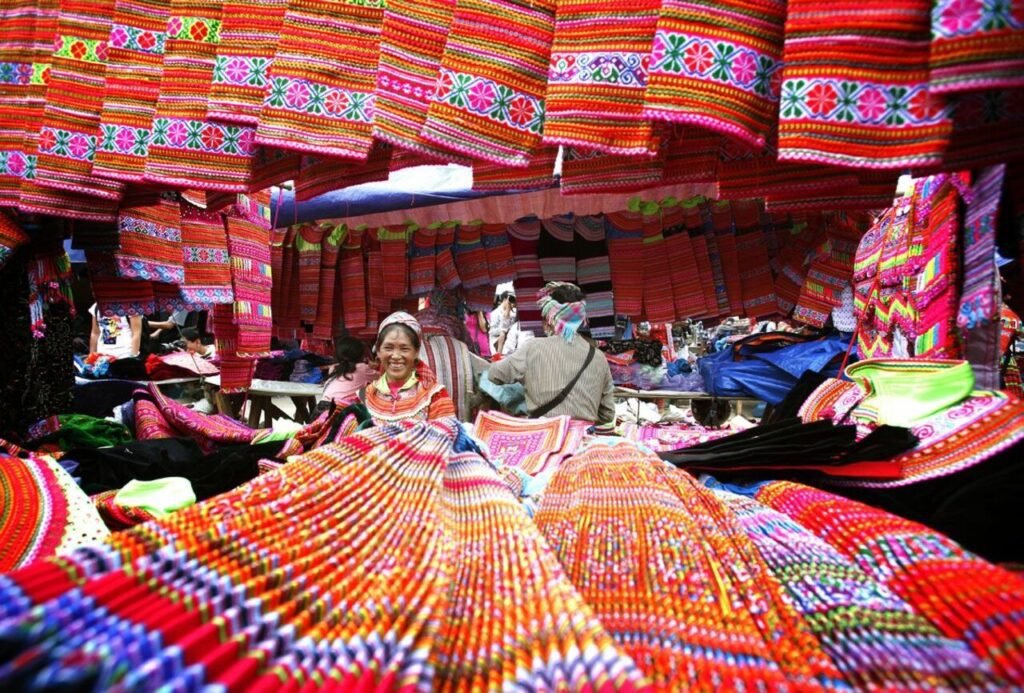

Final Thoughts: Travel That Transforms
Community-based tourism in Vietnam is more than just a travel trend—it’s a movement toward a more equitable, conscious, and enriching form of exploration. It fosters mutual understanding, empowers local communities to preserve their unique cultural identities, and channels the economic benefits of tourism to the people who deserve it most.
Whether you’re weaving baskets in the Central Highlands, cooking fish soup in the Mekong, or trekking with a Hmong guide in Ha Giang, CBT allows you to travel slowly, ethically, and soulfully, creating memories that will reshape your perspective on the world.
Ready to Discover the Real Vietnam?
Make your next trip both memorable and meaningful with our Vietnam sustainable travel planner. Whether you’re traveling solo, as a couple, or with family, we’ll help you build an authentic, life-changing journey that makes a difference.
👉 Contact us to customize your sustainable Vietnam itinerary today.
Ask a question
Leave a Comment (0)
No questions yet. Be the first to ask a question!

